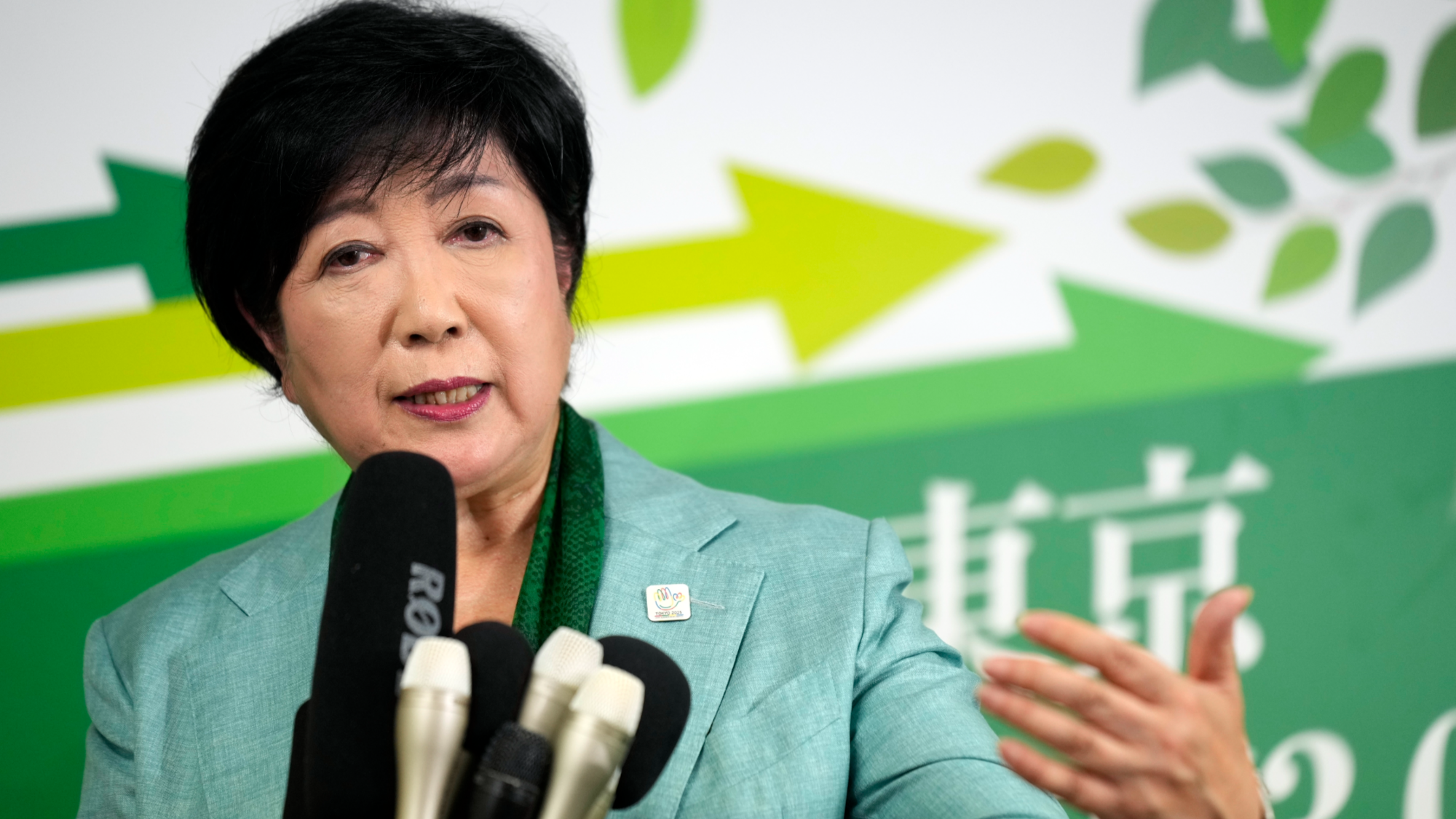
Tokyo’s recent gubernatorial election has highlighted the significant impact that social media and the “internet generation” can have on election outcomes, Japanese experts say.
A record 56 candidates ran for the gubernatorial election. Yuriko Koike, 71, was reelected to a third term as Tokyo governor on July 7. She received more than 2.91 million votes, or nearly 43 percent of the vote, data from the election administration commission showed.
Runner-up Ishimaru, who attracted attention in this year’s Tokyo gubernatorial election through his youthful image and social media campaign, has declared his intention to enter national politics
Shinji Ishimaru, 41, former mayor of Akitakata in Hiroshima Prefecture, came second with over 1.65 million votes. Renho, 56, an opposition-backed former member of the House of Councillors, came in third with over 1.28 million votes.
READ MORE: Tokyo governor’s reelection offers relief to ruling party
Kumiko Haba, a professor of international politics at Aoyama Gakuin University in Tokyo, said the election results showed the power of the internet and social media.
She noted that Renho — backed by the Constitutional Democratic Party of Japan, the Japanese Communist Party, and the Social Democratic Party — came in third place while Ishimaru, who attracted young people in their teens, 20s, and 30s through online platforms and street speeches, came second.
“This is extremely significant as it marks the advent of elections dominated by the internet generation,” Haba said.
“However, it is regrettable that Ishimaru, who garnered more than 1.6 million votes from young people, did so almost entirely based on his appeal and mobilization power, without having any substantial policies,” she added.
Runner-up Ishimaru, who attracted attention in this year’s Tokyo gubernatorial election through his youthful image and social media campaign, has declared his intention to enter national politics.
The possibility that Ishimaru may run in the same electoral district in Hiroshima as Japanese Prime Minister Fumio Kishida presents a potentially difficult challenge for the Liberal Democratic Party (LDP) leader, said Kazuyuki Hamada, international political economist and former member of the House of Councillors.
“It is clear that there is growing disappointment and distrust among voters toward established parties like the LDP. This suggests a harbinger of new political movements that rely on social media as their electoral base,” said Hamada.
Although Ishimaru might run in the next election from Hiroshima and potentially unseat Kishida, there is a fear of uncertainty about what he would do afterward, said Haba from Aoyama Gakuin University.
She noted that the major reason for Renho’s defeat in the Tokyo gubernatorial election was the failure of the Constitutional Democratic Party and the Japanese Communist Party to coordinate their policies.
Another factor was Renho’s inability to deeply address issues like rising prices and the problems faced by non-regular workers, which are troubling the citizens of Greater Tokyo, as well as low birth rates and challenges of child-rearing.
“If you add up the votes for Ishimaru and Renho, it exceeded 2.9 million votes, making it a close contest with Koike,” said Haba.
“While Ishimaru might have felt confident with the 1.6 million votes he gathered, it can be said that he ultimately contributed to the defeat of the reformists,” she said.
In the July 7 by-elections for the Tokyo Metropolitan Assembly — the prefectural parliament of Tokyo Metropolis — Japan’s ruling LDP fielded candidates in eight of the nine constituencies contested, suffering a dismal outcome of two wins and six losses
“The fact that he could gather 1.6 million floating votes without substantial policies is alarming, and it serves as a lesson for how internet utilization can affect elections in any country moving forward,” Haba added.
In the July 7 by-elections for the Tokyo Metropolitan Assembly — the prefectural parliament of Tokyo Metropolis — Japan’s ruling LDP fielded candidates in eight of the nine constituencies contested, suffering a dismal outcome of two wins and six losses.
“The focus now is on whether the LDP will reflect on this and change their policies,” Haba said.
“However, Japanese people tend to forget once the immediate pain has passed, so it is unlikely that the LDP will experience a similar level of voter detachment in the House of Representatives and House of Councillors elections this autumn,” she added.
READ MORE: Japan's ruling LDP loses 3 lower house seats in by-elections
Nonetheless, Haba said it is important to address key issues, such as providing subsidies for first and second children and covering childbirth expenses under health insurance to improve Tokyo’s declining birth rate.
Japan’s working population is projected to decrease by 40 percent in the next 50 years, making it essential to implement policies to address this issue, she said.
Koike’s third-term policies are widely expected to focus on three main areas: addressing population decline, implementing measures against natural disasters such as heavy rainfall and major earthquakes directly hitting Tokyo, and enhancing medical and caregiving services to accommodate an aging population.
Contact the writer at jiangxueqing@chinadaily.com.cn


